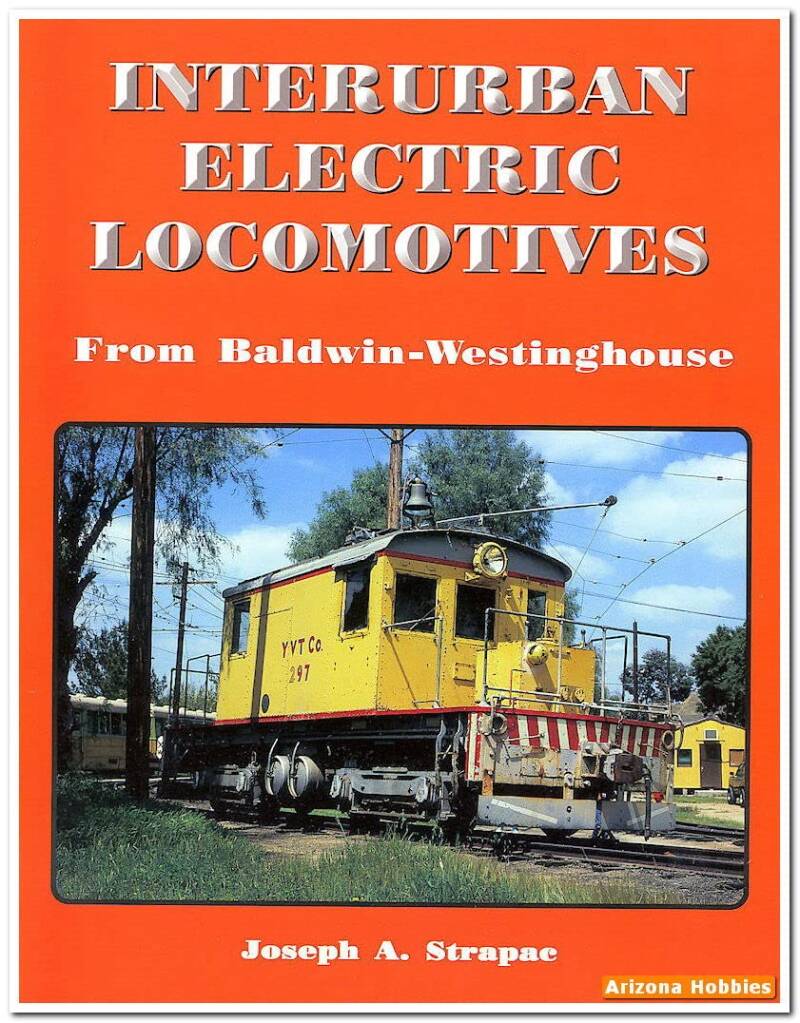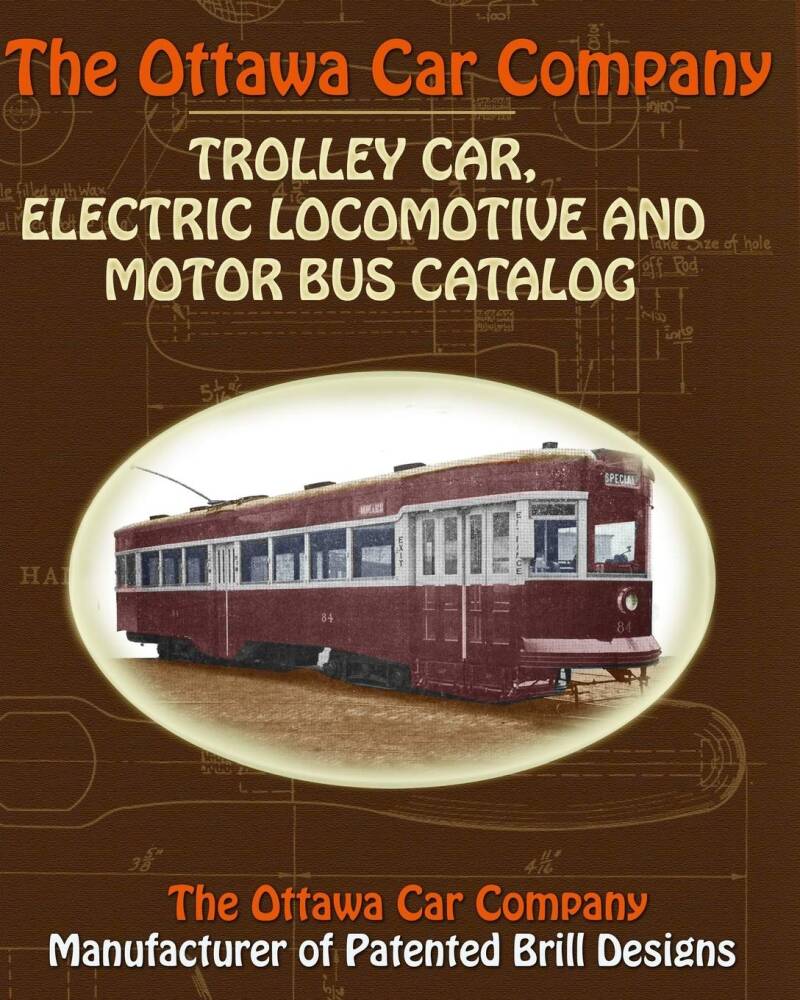MARC No. 4915 at Odenton in 2014.
(Ryan Stavely, CC BY-SA 2.0 <https://creativecommons.org/licenses/by-sa/2.0>, via Wikimedia Commons)


BOMBARDIER-ALSTOM HHP-8
The Bombardier–Alstom HHP-8 (High Horse Power 8000) is a type of twin-cab electric locomotive manufactured by a consortium of Bombardier Transportation and Alstom for Amtrak and MARC. The locomotive's electrical drive technology is directly derived from the SNCF BB 36000 manufactured by Alstom.
A small class size and reliability problems with correspondingly high per capita maintenance and replacement costs led Amtrak to retire all of its HHP-8s after only a decade in service. MARC initially made the decision to retire their HHP-8s, but later opted to refurbish their fleet from 2017 to 2018.
Background
Amtrak assumed control of almost all private sector intercity passenger rail service in the United States on May 1, 1971. The centerpiece of Amtrak's system was the Northeast Corridor, a 457-mile (735 km) line between Washington, D.C., and Boston, Massachusetts, via New York City. The line was electrified from Washington through New York to New Haven, Connecticut; diesel locomotives handled trains over the remaining 157 miles (253 km) between New Haven and Boston. In the 1990s Amtrak rebuilt and electrified the route as part of the project which established high-speed Acela Express service between Washington and Boston. The extension of electrification between New Haven and Boston meant that Amtrak would need additional electric locomotives to pull conventional trains east of New Haven. Neither of Amtrak's existing designs, the EMD AEM-7 and GE E60, were still in production, and the latter was slated for retirement. Amtrak chose to have Bombardier and Alstom, makers of the Acela Express, produce a visually-similar derivative for conventional service.
Design
The HHP-8 measures 67 feet 1 inch (20.45 m) long by 10 feet 4 inches (3.15 m) wide and stands 14 feet 2 inches (4.32 m) tall (from the rail to the locomotive roof, excluding the pantographs). This was 16 feet (4.9 m) longer than the AEM-7, though still shorter than the E60. The locomotive weighs 220,000 pounds (100,000 kg). The carbody is stainless steel; the locomotive has a 6 MJ crash energy absorbance structure.
Reflecting the varied electrification schemes on the Northeast Corridor the locomotives were designed to operate at three different voltages: 25 kV 60 Hz AC (used between Boston and New Haven), 12.5 kV 60 Hz AC (used between New Haven and New York), and 12 kV 25 Hz AC (used between New York and Washington). The electrical traction system is directly derived from the system used on Alstom's BB 36000 Astride locomotives; this includes four 1.5 megawatts (2,000 hp) three phase asynchronous traction motors powered by GTO based inverters, with one inverter per motor; the electric system also allows regenerative and rheostatic braking. The locomotives were designed for up to 135 mph (217 km/h) operation but are actually limited in service to Federal Railroad Administration Tier 1 standards, operating up to 125 mph (201 km/h).
The Acela and the HHP-8.
The visual similarity between the HHP-8 (left) and Acela Express power cars (right) was a deliberate design choice.
(User:Chaohwa (Chao-Hwa Chen) at en.wikipedia, Public domain, via Wikimedia Commons)
History
Amtrak ordered 15 HHP-8s in 1996 at the same time as its Acela Express trainsets. The HHP-8s have external styling that is similar to the Acela power cars, but are designed to operate as independent locomotives, hauling conventional passenger rolling stock. The units supplemented the EMD AEM-7s and allowed Amtrak to commence retirement of the GE E60. Amtrak did not purchase the locomotives outright but leased them from Philip Morris Capital.
The locomotive's original type designation was HHL-8, for "High Horsepower Locomotive, 8,000 (nominal) horsepower". This was subsequently changed to HHP-8.
In conjunction with the Amtrak order, MARC also acquired six HHP-8s, which MARC uses on their Penn Line service along the Northeast Corridor between Perryville and Washington, DC.
Amtrak operated its HHP-8s on the Northeast Corridor between Boston and Washington, DC; racking up approximately 1,000,000 miles each in service (based on 2009 figure).
In 2002, Amtrak's fleet of 15 units was temporarily withdrawn along with the Acela Express trains due to cracks in components of the trucks.
Amtrak retirement
Amtrak's HHP-8s suffered from low reliability. As a result, after only one decade in service, their replacement was considered, concurrent with the replacement of the older AEM-7 locomotive fleet, since a large order for a standardized fleet would have price economies, and the resultant fleet would have lower overall maintenance costs. A replacement fleet of 70 locomotives starting delivery in 2012 was planned, with HHP-8s kept as a reserve in the short term.
In October 2010, Amtrak ordered 70 Siemens ACS-64 locomotives to replace both the HHP-8 and the older AEM-7 locomotives, with deliveries beginning in early 2013. Amtrak retired its last HHP-8 on February 9, 2015. All units are now stored; to avoid duplicate numbering with ACS-64 units 650–664, Amtrak renumbered its retired HHP-8s to 680–694. Philip Morris sued Amtrak in 2019, alleging that Amtrak had cannibalized eight of the fifteen locomotives for parts, in violation of the terms of the lease. The two parties settled the lawsuit in 2021; the terms were not disclosed.
In 2023, Amtrak began testing a former HHP-8 locomotive as a cab car with the aim of supplementing or replacing the existing ex-Metroliner cab cars until the Airo fleet arrives.
MARC refurbishment
While reports in 2016 indicated that MARC planned to retire their HHP-8 locomotives and replace them with Siemens Charger locomotives, MARC instead started a refurbishment program for its HHP-8s in 2017. Issues with equipment cooling that kept the HHP-8 locomotives from properly working were addressed.
As of September 2017, the first HHP-8 reconditioned under this program had been delivered and was undergoing successful testing.
As of March 2018, the first HHP-8 reconditioned was running for three weeks without major issue (a software issue was corrected in this time). A second HHP-8 was being reconditioned.
As of June 2018, The second HHP-8 had the most unreliable power control components replaced and was back in service. The remainder of the upgrade on this locomotive was to be done by the end of 2018. MARC planned to upgrade the remaining HHP-8 locomotives in their fleet.
Named units
There is only one HHP-8 that is named. MARC unit No. 4913 is named "Kathryn D. Waters" after a former administrator of the Maryland Transit Administration.
Overview
Type and origin
Power type: Electric
Builder: Bombardier Transportation, Alstom
Total produced Amtrak: 15; MARC: 6
Specifications
Configuration:
• AAR B-B
• UIC Bo’Bo’
Gauge: 4 ft 8+1⁄2 in (1,435 mm) standard gauge
Wheel diameter: 40 in (1,016 mm)
Minimum curve: 249 ft (76 m)
Wheelbase: 9 ft 4 in (2.84 m)
• Truck 35 ft 3 in (10.74 m)
Length: 67 ft 1 in (20.45 m) over couplers
Width: 10 ft 4 in (3.15 m)
Height: 14 ft 2 in (4.32 m)
Locomotive weight: 222,000 lb (101 t)
Power supply: Overhead line
Electric systems: 25 kV 60 Hz AC, 12.5 kV 60 Hz AC, 12 kV 25 Hz AC
Current pickup: Dual pantographs
Traction motors: 4 × 1.5 MW (2,000 hp) Alstom 4-FXA-4559C
Locomotive brake Electrical: regenerative and rheostatic brakes
Locomotive brake Friction: two disc brakes per axle
Safety systems: Cab signals, ACSES
Performance figures
Maximum speed: 135 mph (217 km/h)
Power output: 6,000 kW (8,000 hp) continuous
Tractive effort:
• Starting 71,240 lbf (316.9 kN)
• Continuous 56,200 lbf (250.0 kN)
Career
Operators: Amtrak (formerly), MARC
Numbers
Amtrak: 680-694 (formerly 650-664)
MARC: 4910-4915
Official name HSEL (High Speed Electric Locomotive)
Retired 2014 (Amtrak)
Disposition MARC units in service, Amtrak units stored.









